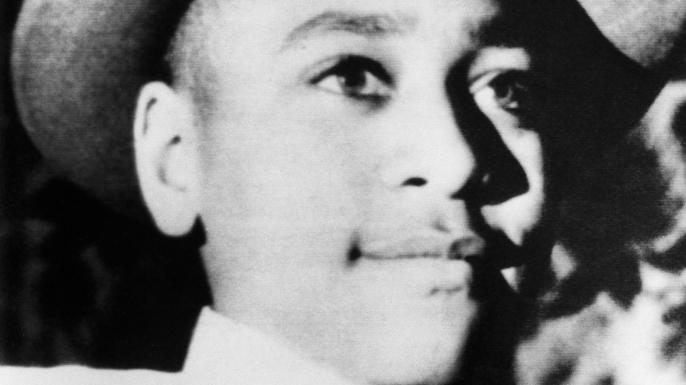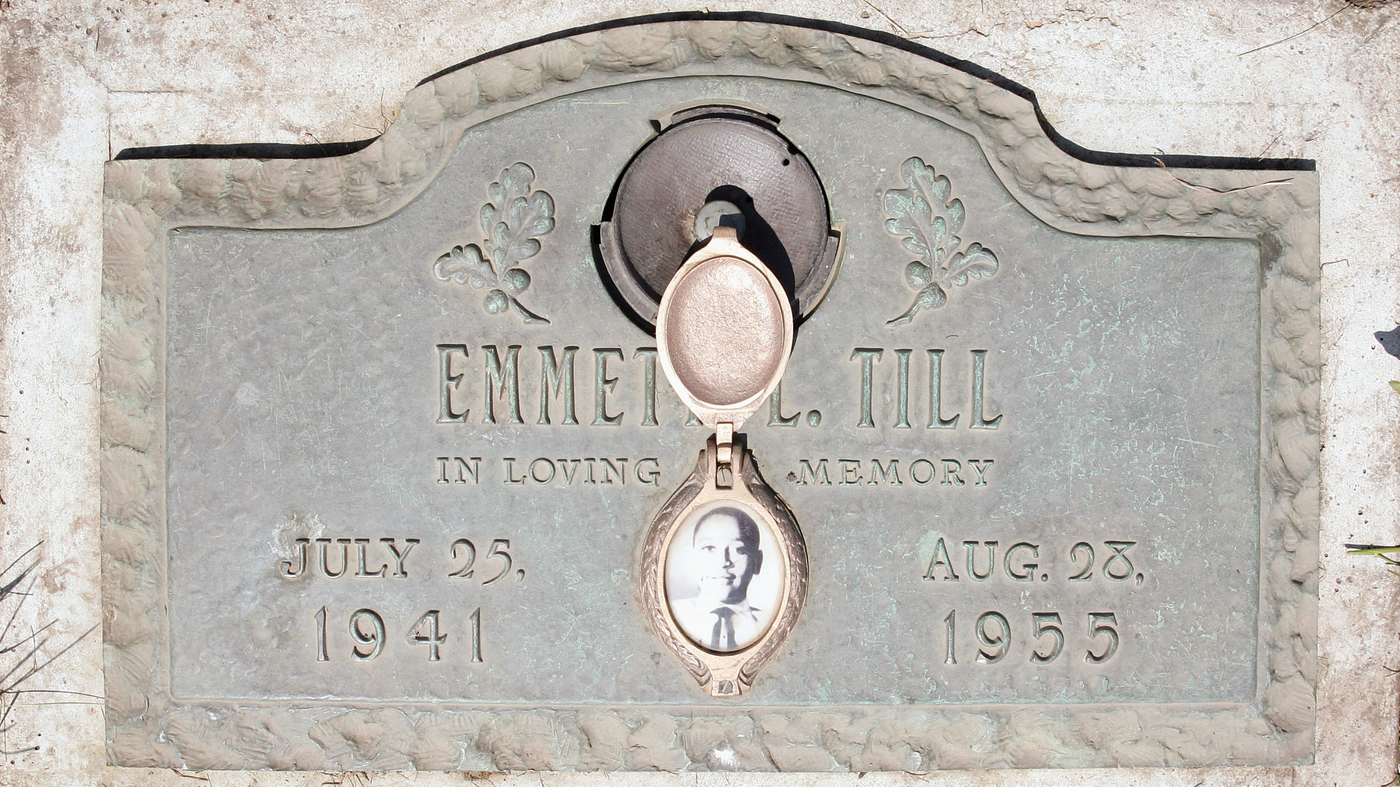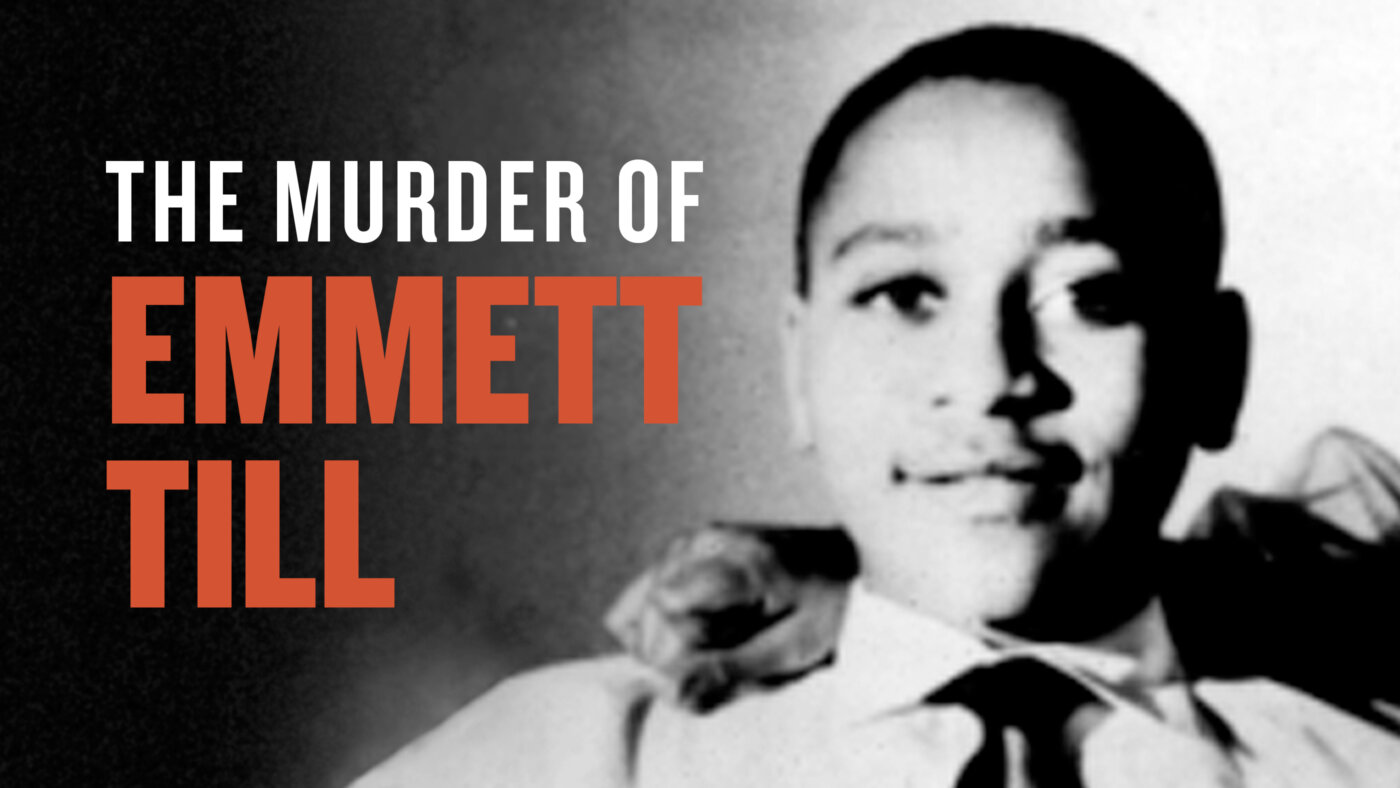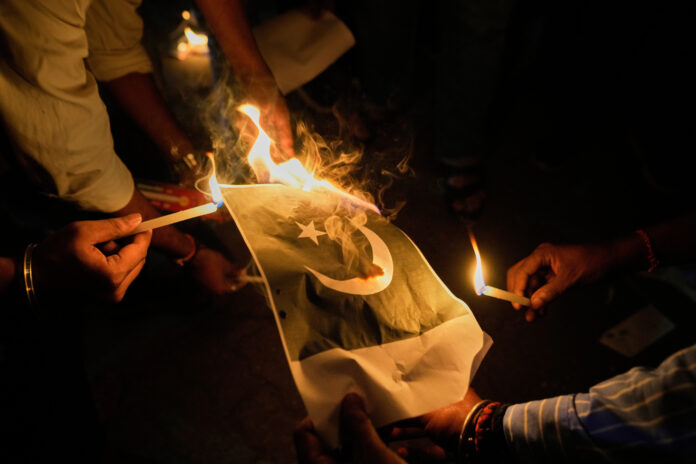Brutal Lynching of 14-Year-Old Emmett Till
The brutal lynching of 14-year-old Emmett Till remains a haunting chapter in American history. This tragic event, which occurred in the Jim Crow South, exposed the deep-rooted racism and violence that plagued the country during that time. In this article, we will delve into the details of Till’s story, the impact it had on the civil rights movement, and the enduring legacy of this senseless act of brutality.
The Tragic Life of Emmett Till

Emmett Till was a young African American boy from Chicago who was visiting family in Money, Mississippi during the summer of 1955. In August of that year, Till allegedly made a harmless comment to a white store clerk, Carolyn Bryant, which would ultimately lead to his brutal murder.
The Night of the Murder
In the late evening of August 28, 1955, Roy Bryant, Carolyn Bryant’s husband, and his half-brother J.W. Milam forcibly entered the home where Till was staying. They dragged the young boy from his bed, savagely beat him, and eventually shot him. To further dehumanize Till, they attached a cotton-gin fan with barbed wire to his neck and threw his body into the Tallahatchie River.
The Acquittal and Confession
Despite overwhelming evidence, including eyewitness testimony, Bryant and Milam were acquitted by an all-white, all-male jury. They later admitted to the murder in a paid interview with Look magazine, shamelessly glorifying the act as a means of protecting white womanhood.
The Impact and Legacy

The lynching of Emmett Till shook the nation to its core and became a catalyst for change in the civil rights movement. It exposed the horrifying reality of racial violence and injustice that African Americans faced on a daily basis.
The Power of Public Outrage
Following Till’s murder, his mother, Mamie Till Mobley, insisted on an open-casket funeral to show the world the brutality inflicted upon her son. The widely circulated images of Till’s mutilated body sparked outrage and galvanized the fight for racial equality.
Rosa Parks and the Montgomery Bus Boycott
Till’s murder also had a profound impact on civil rights icon Rosa Parks. Just three months after Till’s death, Parks refused to give up her seat on a Montgomery city bus, igniting the historic Montgomery Bus Boycott. She later cited Till as a source of inspiration for her act of resistance.
The Continuing Fight for Justice

The brutal lynching of Emmett Till remains an unresolved chapter in American history. Despite renewed efforts to seek justice, no further legal action has been taken against Bryant and Milam or anyone else involved in the crime.
Remembering Emmett Till
Various memorials and initiatives have been established to honor Till’s memory and keep his story alive. These efforts strive to raise awareness about racial injustice in America and work towards a more equitable society.
Continuing the Fight for Equality
Many organizations and individuals continue to fight for justice and equality in honor of Emmett Till’s legacy. Their work serves as a reminder that the fight against racism and prejudice is far from over.
Conclusion

The brutal lynching of 14-year-old Emmett Till serves as a haunting reminder of the deep-seated racism and violence that plagued America during the Jim Crow era. Till’s tragic story sparked outrage and inspired countless individuals to fight for racial justice. It is crucial that we remember his name and continue the fight for equality, ensuring that such senseless acts of violence are never forgotten or repeated.
Frequently Asked Questions

1. Was anyone ever held accountable for Emmett Till’s murder?
No, despite admitting their guilt in a paid interview, Roy Bryant and J.W. Milam were acquitted by an all-white jury.
2. What impact did Emmett Till’s murder have on the civil rights movement?
Till’s murder served as a catalyst for change, galvanizing the civil rights movement and inspiring individuals like Rosa Parks to take a stand against racial injustice.
3. Are there any ongoing efforts to seek justice for Emmett Till?
While there have been renewed efforts to seek justice, no further legal action has been taken against those involved in Till’s murder.
4. How is Emmett Till’s memory being honored today?
Emmett Till’s memory is honored through memorials, educational initiatives, and ongoing activism against racism and injustice.
5. What can we learn from the story of Emmett Till?
The story of Emmett Till serves as a stark reminder of the consequences of unchecked racism and the importance of fighting for equality and justice for all.







